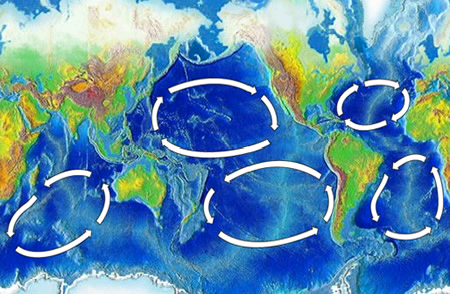We produce well over 200 billion pounds of plastic each year. This is a well-documented environmental issue of grim proportions; plastic is literally trashing our planet. Brands, manufactures and consumers are fully aware and the search for solutions is in full swing. Fortunately, our awareness has spurred incredible technological advances to address this problem, some better than others.
As a brand, being environmentally accountable is a trait that serves well in the marketplace. It’s a hallmark that projects the greater good. But in a Cass Sunstein meets George Orwell world, where the FTC, EPA, FDA, IRS, (insert acronym), are watching your every move and new terms such as Extended Producer Responsibility emerge, it can be paralyzing to make that technological decision. You want to choose something that is justifiable, reliable and proven.
In a small microcosm of the larger issue, we catch a glimpse of the efforts and problems we face. In a recent article Coffee Makers wrestling with recyclability of single-serve pods, TerraCycle is boasting about recovering 25 million coffee capsules over the last couple years, but has essentially found no use for them. Are we to understand that companies are paying TerraCycle to collect and store these things in some warehouse? Add to this, according to the article, 41 million adults drink a coffee made in a single-cup brewer every day. So in a two year effort, TerraCycle could not recover a single days’ worth of coffee capsules? Clearly, the Customary Disposal Method for this application is the garbage, in other words, the Landfill. Let’s not jump on a bandwagon for the sake of waiving a green flag, the overall effect is useless.
Here’s one, California is now floating a new Bill to put the burden on companies to find solutions for plastic waste in our waterways. The same State that bans the claim of biodegradable materials (and has sued companies legitimately making those claims), is now requiring brands and manufacturers to seek out and implement biodegradable solutions?? Are they expecting producers to put their necks on the line in search for innovation? Good luck taking that bait!
Unfortunately, the principle concern of environmental safety is being contaminated with agendas that have not proven capable of long term sustainability. There is a tendency to gravitate towards colorful Green language instead of clear, black and white solutions. Today, we have the capability to address plastic pollution on an incredible scale, without contamination. Unfortunately, too many producers are paralyzed with uncertainty or are turning to the least point of resistance.
A perfect example is the less than bold stand that one of the largest producers of bottled water took, “Lightweighting”. Holy crap! That’s it? Reduce your costs and provide a rigid bag for a bottle? C’mon…the “commitment to minimizing the environmental impact” is lackluster., considering 50 billion plastic water bottles end up in U.S. landfills each year.
Here’s my humble opinion. Within a generation, we have witnessed the birth of the plastic EVERYTHING. We began filling-up our Landfills with EVERYTHING and noticed NOTHING was reprocessing back into nature. The raging river of plastic is pouring onto our planet and we place the majority of this material in Landfills. There is a biodegradation process in Landfills that is beaming with potential and we have the proven ability to produce, capture and harness one of the most inexpensive and cleanest energy resources and fundamentally address our plastic pollution problem.
Recycling is an industry I support, but the numbers don’t lie and the goal is not to prop-up one particular industry, it’s to clean our planet. We need to stop kidding ourselves and start dealing with reality. I also understand Sourcing from renewable resources, but harvesting Corn for plastic in order to claim “Compostable” is absolutely wrong. I’ve lived in many places over the years and I have yet to find my local Industrial Composting facility. But if I did, I would respectfully not bring them my plastic waste. Let’s face it, you can claim it, but it’s not going there and where it is going, this technology does nothing. For those adding metal into the equation, this technology is borderline criminal. That probably explains the parasitic tendencies of this technology in underdeveloped countries. Both of these technologies have an adverse effect on our Food Source/Supply, which alone is highly irresponsible.
When making the decision on how to be accountable for your Plastic Footprint, know what is out there, get the full story and get the proof that it performs as claimed. If you stand in the light of truth, you will be safe. 70% is greater than 30%, 2+2=4, what’s right is right.






